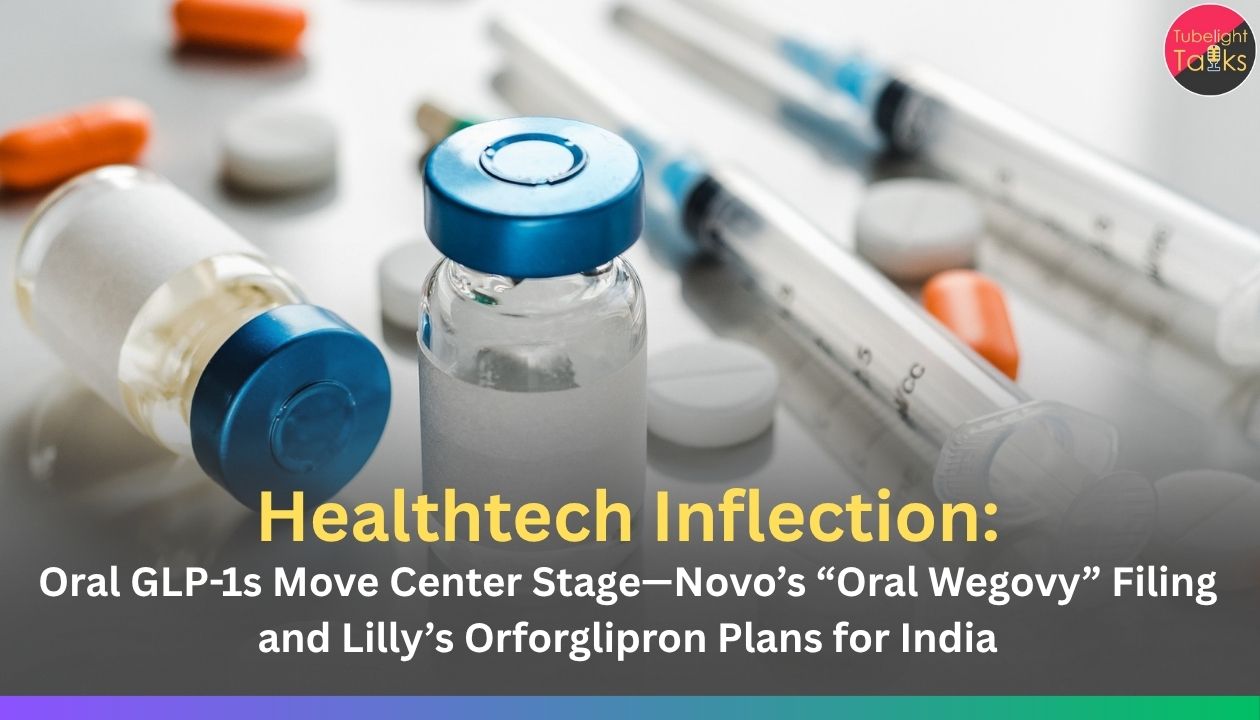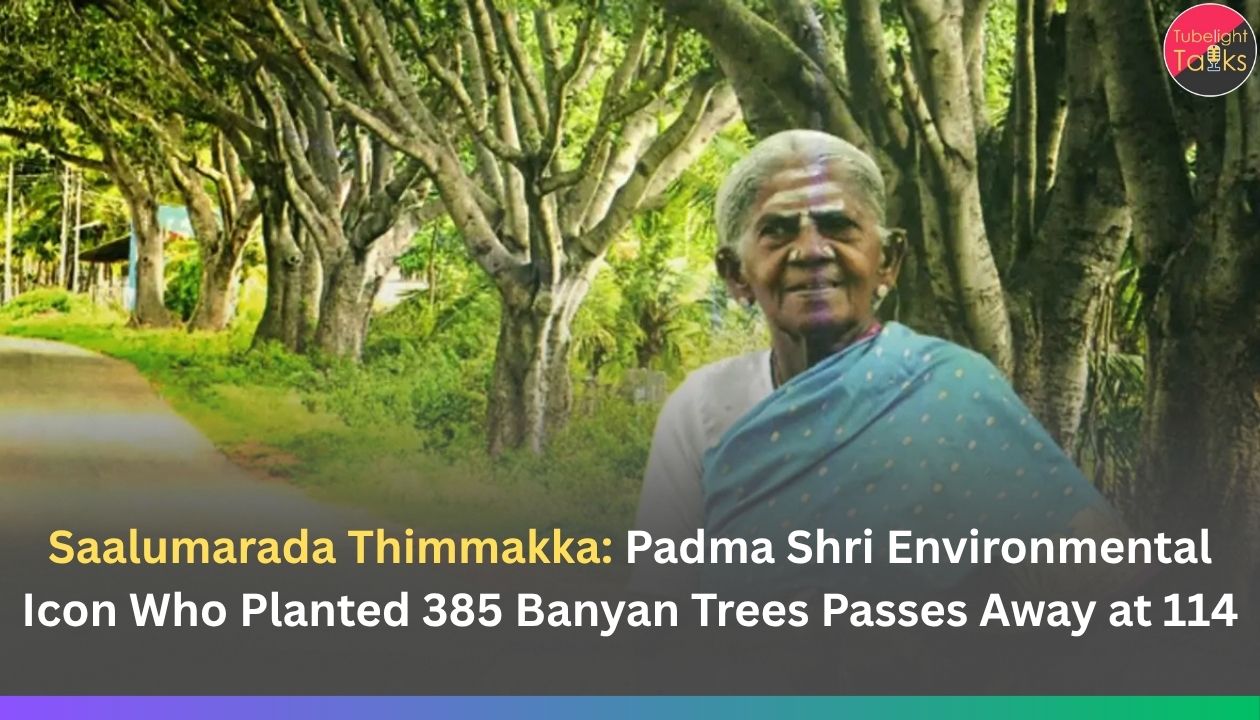The R21/Matrix-M malaria vaccine—developed by the University of Oxford with Matrix-M adjuvant from Novavax and manufactured by the Serum Institute of India (SII)—was recommended by WHO in October 2023 and prequalified in December 2023, unlocking UN procurement and Gavi financing. By October 27, 2025, 24 African countries had introduced a malaria vaccine (RTS,S and/or R21) into routine programmes with Gavi support, with more in the pipeline for 2026.
R21/Matrix-M has moved from approval to delivery: UNICEF signed a multi-year supply deal in October 2023, with shipments starting mid-2024 (e.g., to the Central African Republic) and subsequent country launches in Côte d’Ivoire, Nigeria, South Sudan and others through 2024–25.
Supply, price and cold chain (the practical bits)
- Factory capacity: SII disclosed 100 million R21 doses/year, with plans to double over ~two years—critical to meeting early demand alongside RTS,S supply.
- UNICEF pricing: The R21 supply agreement opened at ~US$3.90 per dose (two-dose vial presentation), with tiered pricing and potential reductions at higher volumes; RTS,S has been priced around €9.30 per dose in earlier tenders.
- PQ label details: WHO’s PQ listing for R21 (CYVAC, SII) specifies 2–8 °C storage, 24-month shelf life, and VVM Type-14—fitting standard EPI cold-chains.
Where roll-out stands (selected milestones)
- Launch wave 2024: Cameroon (RTS,S) opened global roll-out; Côte d’Ivoire became the first to deploy R21 in July 2024 (656,600 doses received); Nigeria and South Sudan followed with R21 in late 2024.
- By Apr–Oct 2025: WHO counted 19+ countries live by April; Gavi’s dashboard showed 24 by late October with continued introductions planned into 2026.
Why two vaccines matter (RTS,S and R21, not either/or)
WHO emphasises both vaccines are safe and effective for young children, with high expected public-health impact. Combined supply eases constraints and allows countries to choose by context—e.g., perennial vs seasonal transmission, campaign vs routine delivery, logistics, and available cold-chain slots.
The Serum Institute effect—what India is doing right
- Speed to PQ + tenders: Early regulatory alignment delivered WHO-PQ quickly, enabling UNICEF procurement and rapid Gavi-backed introductions.
- Scale at cost: SII’s 100m-dose capacity (with headroom to double) and sub-$4 pricing expanded access and budget impact, especially for lower-income settings.
- Global components, Indian assembly: Matrix-M adjuvant supplied by Novavax, formulated at SII—an example of distributed manufacturing that still delivers volume and quality.
- Cold-chain fit: A 2–8 °C profile and 24-month shelf life make last-mile delivery realistic on existing EPI infrastructure.
Lessons for India’s vaccine manufacturing playbook
- Design for tender reality, not just efficacy: Price bands (like US$3.90/dose for R21) and PQ-ready dossiers must be built into development from day one.
- Lock adjuvant & input security: Early, multi-year contracts for adjuvants, vials, stoppers and fill-finish avert ramp-up bottlenecks. (Novavax’s Matrix-M tie-ups illustrate the point.)
- Publish transparent run-rates: Monthly output and quality KPIs (yields, batch releases) help Gavi/UNICEF schedule allocations, reducing country-level stockouts.
- Engineer for EPI logistics: PQ-aligned vial presentations, VVMs, shelf life and 2–8 °C storage cut friction at the periphery.
- Build a portfolio mindset: Pair malaria vaccine learnings with playbooks for HPV, pneumonia, cholera, dengue – India’s volume + cost edge can unlock other high-burden markets.
What to watch in 2026
- Country count & coverage: Does the 24-country figure move decisively upward and how fast do within-country districts catch up?
- Supply vs demand: UNICEF/Q&A projected sufficient supply by 2026–28 as both vaccines scale; track whether orders, funding and last-mile capacity keep pace.
- Price stability: Does $3.90/dose for R21 hold or fall with volume and how does RTS,S pricing evolve as AS01 adjuvant output grows?
- Impact signals: Early real-world data on cases, admissions, all-cause mortality and seasonal delivery performance will inform future strategies.
Humanity Before Hype
Taking a cue from Sant Rampal Ji Maharaj’s insistence on putting people before metrics, the malaria-vaccine rollout should read like care, not choreography: publish a “promise tracker” (targeted vs delivered doses by district), run 24×7 AEFI helplines with response times on record, and send mobile cold-boxes to riverine and forest hamlets before urban catch-ups.
Keep prices transparent in tenders, invite independent observers into depots on vaccination days, and use local-language consent scripts so every parent knows why, when, and what to expect. Do this, and the news isn’t just shipments and ceremonies – it’s trust built at the last mile.
From capacity to coverage
The R21/Matrix-M story shows how India’s manufacturing heft can move a global needle: WHO-PQ unlocked procurement, SII’s 100m-dose baseline tempered price, and UNICEF/Gavi channels pushed doses to clinics. The next test isn’t factory output; it’s consistent child coverage across districts, seasons and stock cycles—at prices countries can sustain. If 2025 was the year R21 proved it could ship, 2026 must prove it can stay—on schedule, on budget, and on target to cut malaria deaths in the places that need it most.
Key sources: WHO recommendation & PQ; WHO/Gavi rollout tallies; UNICEF pricing & tenders; SII capacity notes; country launch reports.
Also Read: Breakthrough Findings: COVID-19 Vaccines May Help Some Cancer Patients
FAQs : R21/Matrix-M rollout & SII supply
1) Is R21/Matrix-M WHO-prequalified and what does that unlock?
Yes. WHO prequalified R21/Matrix-M in Dec 2023, enabling UN procurement (e.g., UNICEF) and Gavi financing for national programs.
2) How many countries are deploying malaria vaccines now?
Gavi’s tracker shows 24 countries had introduced a malaria vaccine (RTS,S and/or R21) by late Oct 2025, with more slated in 2026.
3) What is Serum Institute’s current supply capability?
Serum Institute reports capacity of ~100 million R21 doses/year, with plans to expand from that baseline.
4) What is the indicative UNICEF price for R21?
UNICEF’s market Q&A lists an initial price of US $3.90 per dose for R21’s two-dose vial presentation (subject to tender terms and volumes).
5) What cold-chain and shelf-life does R21 require?
WHO’s PQ listing specifies storage at 2–8 °C with 24-month shelf life and VVM Type-14—compatible with standard EPI cold chains.
6) Which country first received shipped R21 doses?
The Central African Republic received the first UNICEF shipment of R21 in May 2024, followed by broader African rollouts.
7) Should countries pick RTS,S or R21?
WHO says both are safe and effective; choice depends on local program logistics and epidemiology rather than superiority of one over the other.










